- about
- what we do
- our impact
- Contribute to society
Contribute to society
CERN’s engineers, technicians and scientists develop novel technologies and expertise contributing to applications in fields beyond high-energy physics, addressing global societal challenges in areas such as health and environment.
Advancing the frontiers of technology

A myriad of engineers, technicians and scientists develop novel technology and expertise that can be applied to fields beyond high-energy physics. From materials science to computing, particle physics demands the ultimate in performance, making CERN an important testbed for industry – including large companies, SMEs or recent start-ups. CERN also engages with other stakeholders, such as policy makers, especially those acting in CERN’s Member States and Associate Member States.
Impact across industries
The scientific advancements of CERN push the frontiers of technology, which has a positive impact on society globally. The transfer of CERN technologies and expertise to society is an integral part of these activities, providing novel solutions in many fields.
The best-known CERN technology is the World Wide Web, invented to allow an ever-increasing number of scientists to share information. For many of us today, life without the Web seems inconceivable. Equally revolutionary is the Grid, which harnesses the power of computers around the world. It has been developed at CERN to process the vast amounts of data collected by the LHC experiments.
CERN’s basic tools – particle accelerators and detectors – also have applications in everyday life. Invented as tools for research, there are thousands of particle accelerators in operation in the world today, of which only a small percentage are used in basic research. The vast majority find applications ranging from medical diagnosis and therapy to computer chip manufacture.
Without the know-how obtained in particle physics, progress in many fields would have been much slower. CERN, in partnership with industry, gives companies expertise that they can apply elsewhere, enabling CERN technology to reach society quickly for the benefit of everyone.
Although the core mission of the Laboratory is fundamental research in particle physics, it also has a remit to train the next generation of scientists and to bring nations together.
Electronic particle detection techniques have revolutionised medical diagnosis. Detectors invented by Georges Charpak in 1968 allow X-ray images to be made using a fraction of the dose required by photographic methods. Crystals developed for CERN experiments in the 1980s are now ubiquitous in PET scanners.
Today, CERN’s unique expertise and technologies are being used in areas related to medical diagnostics and imaging, therapy as well as computing and simulations for health applications.
Current environmental projects at CERN include innovative sensors to monitor pollution and superconducting transmission lines for low-emission aircraft. In addition, CERN's innovation programme on environmental applications explores how CERN technologies can address major environmental challenges.
CERN plays an essential and increasingly recognised role, both scientifically and technologically, in the aerospace field. Space missions and underground accelerator and detector infrastructures have to cope with extreme environments, posing rigorous and often overlapping technological requirements. By establishing partnerships and exploring synergies with various players in the aerospace sector, CERN's technologies, facilities and expertise are used in the in-flight and ground segments of many space missions.
CERN technologies and expertise are applied to a wide range of fields:
- Contributing to a better planet, with novel and more efficient technologies
- Increasing industrial automation and efficiency
- Cultural heritage through art restoration
- Developing technologies expected to have significant impact in the future



